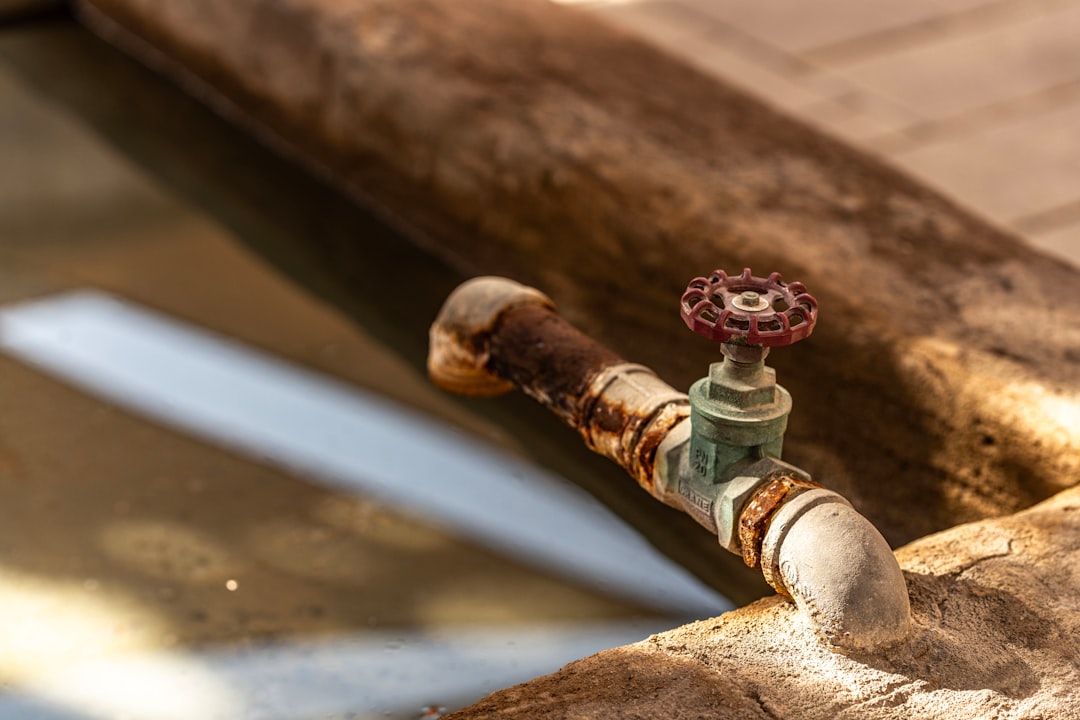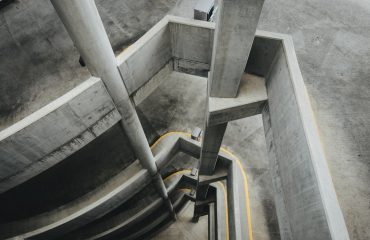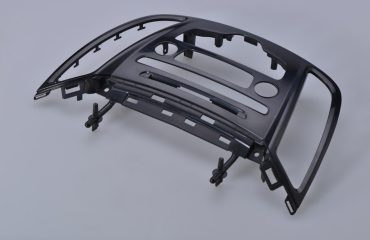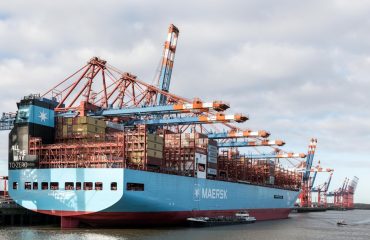body { font-family: sans-serif; line-height: 1.6; }
h1, h2, h3 { color: #333; }
img { max-width: 100%; height: auto; }
High-performance pipes are no longer just conduits; they’re critical components in numerous industries, demanding superior strength, durability, and efficiency. This comprehensive guide delves into the key features that differentiate these pipes from standard alternatives, exploring the materials, manufacturing processes, and design considerations that contribute to their exceptional performance.
1. Superior Material Selection: The Foundation of High Performance
The choice of material is paramount in determining a pipe’s performance characteristics. High-performance applications often necessitate materials exceeding the capabilities of standard steel or PVC. Let’s explore some prominent options:
- High-Yield Strength Steels: These steels, often alloyed with elements like chromium, molybdenum, and nickel, offer significantly increased tensile strength and yield strength compared to standard carbon steel. This translates to greater resistance to deformation under pressure and stress, making them ideal for high-pressure applications like oil and gas pipelines.
- Stainless Steels: Known for their exceptional corrosion resistance, stainless steels are crucial in environments with aggressive chemicals or high humidity. Different grades of stainless steel offer varying levels of strength and corrosion resistance, allowing for tailored selection based on specific application needs. Austenitic stainless steels are particularly common due to their excellent ductility and weldability.
- Superalloys: For extremely demanding applications, such as those involving high temperatures and corrosive environments, superalloys are employed. These nickel-based alloys exhibit exceptional high-temperature strength, oxidation resistance, and creep resistance, making them essential in power generation and aerospace industries.
- Fiber-Reinforced Polymers (FRP): Offering a lightweight yet strong alternative, FRP pipes are gaining popularity due to their corrosion resistance and high strength-to-weight ratio. They are particularly suitable for applications where weight is a significant factor or corrosive environments are prevalent.
2. Advanced Manufacturing Techniques: Precision and Efficiency
The manufacturing process plays a crucial role in achieving the desired performance characteristics. High-performance pipes often utilize advanced techniques to ensure precision, consistency, and enhanced properties:
- Seamless Pipe Manufacturing: Seamless pipes, created by piercing and rolling a solid billet, eliminate welded joints, increasing strength and resistance to fatigue. This is particularly important in high-pressure applications where weld integrity is crucial.
- Advanced Welding Techniques: For welded pipes, techniques like submerged arc welding (SAW) and gas tungsten arc welding (GTAW) ensure high-quality, strong welds with minimal defects. These methods often involve sophisticated quality control measures to guarantee weld integrity.
- Cold Forming and Extrusion: These processes enhance the mechanical properties of the pipe material through controlled deformation, leading to increased strength and dimensional accuracy. Cold forming is particularly effective in improving the yield strength of the pipe.
- Heat Treatment: Heat treatments, such as annealing and tempering, are used to control the microstructure of the pipe material, optimizing its strength, toughness, and ductility. This ensures the pipe meets the specific performance requirements of the application.
3. Enhanced Design Considerations: Optimizing Performance
The design of high-performance pipes is far from simplistic. Several factors must be carefully considered to maximize efficiency and longevity:
- Wall Thickness Optimization: Precise calculation of wall thickness is crucial to balance strength, weight, and cost. Finite element analysis (FEA) is often used to simulate stress and strain under various operating conditions, ensuring optimal wall thickness for the specific application.
- Internal Coatings and Linings: Internal coatings, such as epoxy or polyurethane, protect the pipe from corrosion and abrasion, extending its lifespan and preventing contamination of the transported fluid. The choice of coating depends on the nature of the transported material and the operating environment.
- External Coatings and Insulation: External coatings provide protection against environmental factors like corrosion and UV degradation. Insulation is crucial in applications where temperature control is vital, minimizing heat loss or gain.
- Flanges and Fittings: High-performance pipes often utilize high-quality flanges and fittings that are designed to withstand the operating pressures and temperatures. These components must be carefully selected to ensure compatibility with the pipe material and overall system integrity.
4. Rigorous Quality Control and Testing: Ensuring Reliability
The reliability of high-performance pipes is paramount. Rigorous quality control measures and testing protocols are implemented throughout the manufacturing process to ensure that the final product meets the specified performance criteria:
- Non-Destructive Testing (NDT): Techniques such as radiographic testing (RT), ultrasonic testing (UT), and magnetic particle testing (MT) are used to detect internal flaws and imperfections in the pipe material and welds.
- Hydrostatic Testing: This involves pressurizing the pipe with water to verify its ability to withstand the intended operating pressure without failure. This is a crucial step in ensuring the pipe’s integrity and safety.
- Material Testing: Tensile testing, hardness testing, and chemical analysis are performed to verify that the pipe material meets the required specifications and possesses the desired mechanical properties.
- Dimensional Inspection: Precise measurements are taken to ensure that the pipe dimensions conform to the design specifications, guaranteeing a proper fit and function within the system.
5. Applications Across Diverse Industries: High-Performance in Action
High-performance pipes are integral components in a wide array of industries, enabling efficient and reliable operation in demanding environments:
- Oil and Gas: High-pressure pipelines transporting oil and gas require pipes with exceptional strength and corrosion resistance to ensure safe and efficient operation.
- Chemical Processing: Pipes handling corrosive chemicals need superior material selection and protective coatings to prevent degradation and leaks.
- Power Generation: High-temperature applications in power plants necessitate pipes made from superalloys or high-temperature resistant steels.
- Water Treatment: Pipes used in water treatment plants require corrosion resistance and the ability to withstand the chemicals used in the purification process.
- Aerospace: Lightweight yet strong pipes made from advanced materials are crucial in aerospace applications to minimize weight and maximize performance.
In conclusion, the features of high-performance pipes are a result of careful consideration of material selection, advanced manufacturing techniques, optimized design, and rigorous quality control. These factors combine to create pipes that deliver exceptional performance, reliability, and longevity across a diverse range of demanding applications.
Tags: High-performance pipes, pipe materials, pipe manufacturing, pipe design, industrial pipes




